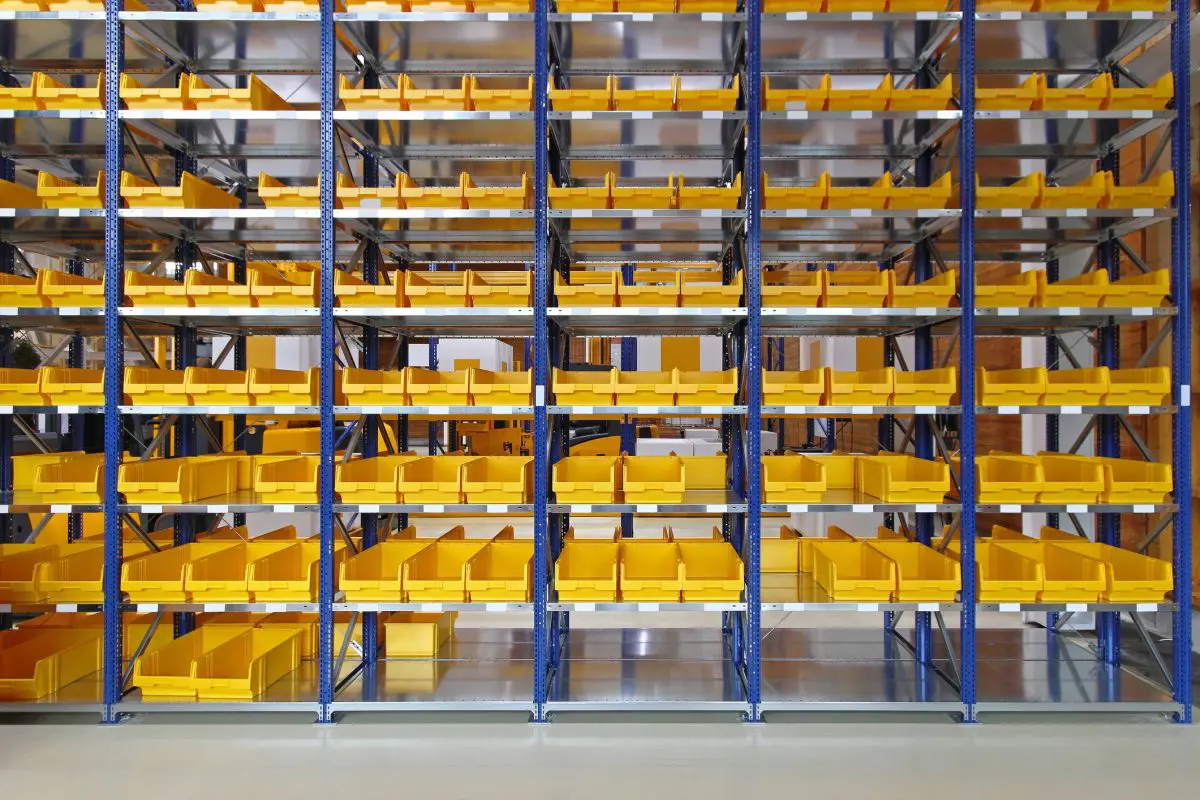What is lead time ?
Lead time is the total time that elapses between an order’s placement and its receipt. It includes the time required for order transmittal, order processing, order preparation, and transit.
What does lead time measure in the stages along the supply chain?
Depending on which section of the supply chain is considered and which perspective is taken, the meaning of lead time can vary slightly and has different effects depending on the section:
- Sales or commercial management : Knowing the exact lead time allows you to commit to a specific delivery date with the customer.
- Purchasing or Procurement : Controlling the lead time of raw material suppliers is essential to ensure there are no bottlenecks on the production line.
- Production lead time : The lead time of the manufacturing processes facilitates the calculation of the manufacturing times and later affects the logistical and commercial management.
- Logistics and distribution : The logistical lead time is of crucial importance: the delivery time of the other areas must be known in order to know how long it takes to produce the products, when they arrive at the warehouse, how long they remain in the warehouse and when they can be delivered to the customer .
How is lead time calculated?
The usual method of calculating the delivery time is:
Lead Time = delivery date – order date
The result shows the days from placing the order to delivery to the customer. For reasons of simplification, the calculation is carried out in calendar days . This calculation must be carried out for each of the above sections of the supply chain and for each individual product.
If you are a customer at the end of a long supply chain, your lead time is determined by the suppliers of the raw materials, the factory that produces the item, and the distribution center that sends it to you.
Knowledge of how to calculate the lead time is therefore absolutely necessary in order to be able to optimally plan processes . There are also additional variables to consider, such as the fact that the supplier only accepts orders on a certain day per week. Assuming that orders are only taken on Tuesdays and Thursdays, the delay for an order placed on Monday is one day, for an order placed on Friday four days.
Based on the company’s order and shipment history, delivery times can be measured more accurately. This is a more reliable approach than official promises from suppliers, as in practice there are often deviations.
Importance of a short logistical lead time
The core objective of logistics is to deliver the required products to the right place , at the right time , in the right quantity and on the required terms . The lead time represents a time dimension that is closely linked to the service level and at the same time has a major influence on inventory management and requirements planning.
Advantages of short delivery times:
- More precise demand planning : A short-term demand forecast allows for greater accuracy. One of the most important rules of demand management is: the further into the future a forecast is made, the more uncertain the forecast becomes. A shorter lead time reduces this uncertainty as it allows for more reliable and accurate forecasts .
- Ability to reduce stock levels : With a short lead time, it can work with a smaller stock level to meet customer demand. The main reason warehouse management exists at all is to optimally cover the time difference between the customer placing the order and delivery by the supplier. Lead times have a linear impact on inventory policy: the higher the lead time, the higher the inventory and vice versa .
- Improving the service offered to the customer : a short lead time allows to speed up delivery times and to meet the commitments towards the customer . In the age of logistics 4.0 and omni-channel strategies , the elimination of intermediate steps and the simplification of processes prove to be a decisive added value for the company.
How can the lead time in the supply chain be optimized?
1. Accurate measurement of all delivery times by area.
The best approach to reducing delivery times is to identify and eliminate critical lead times (e.g. in manufacturing, transportation, warehousing). After that, each delivery time needs to be broken down into sections for better analysis and optimization.
The measurement of KPIs in the warehouse is based on the same principle.
2. Analyze intralogistic processes and sub-processes in detail
It is important to analyze the operations related to intralogistics to identify bottlenecks and errors that delay the flow of materials . Applied to the warehouse, this means that the entire operational management is the result of several sub-processes that run in a chain and the smallest detail can change these processes.
An example: In a warehouse, the movement of goods follows the FIFO criterion (first in, first out) and a roller conveyor is used for this. At one point along the route, the conveyor can no longer keep the flow of goods moving and the totes or boxes become jammed on the floor next to the full conveyor. They literally pile up on top of each other.
If this jam is then cleared and the conveyor reloaded, it is likely that the operators will take the top bins first, changing the criteria to LIFO (last in, first out) and thus favoring an incorrect order. Things like that breed inefficiency, which increases operational times . Therefore, a detailed analysis of the processes in the warehouse is essential for identifying and solving problems.
3. Manage unpredictable events using specialized software
There are a number of reasons that can lead to fluctuations in delivery times. Many of them are random and unexpected. A specialized logistics software can limit the imponderables and optimize the lead time:
- Faster reaction to unforeseen events : In the camp area, this ability is required many times more. What to do in the event of an unexpected goods receipt? Which logistical parameters have to be considered in order to initiate the preparation of orders? .
- Integration and centralization of all information in the supply chain : The use of software with state-of-the-art algorithms facilitates decision-making and the detection of critical points throughout the supply chain.
4. Conclusion of cooperation agreements with suppliers
When selecting suppliers, there is a tendency to prioritize long-term relationships. Because it allows processes to be standardized and delivery times to be reduced, including cross-docking or the use of just-in-time in the warehouse .
.








